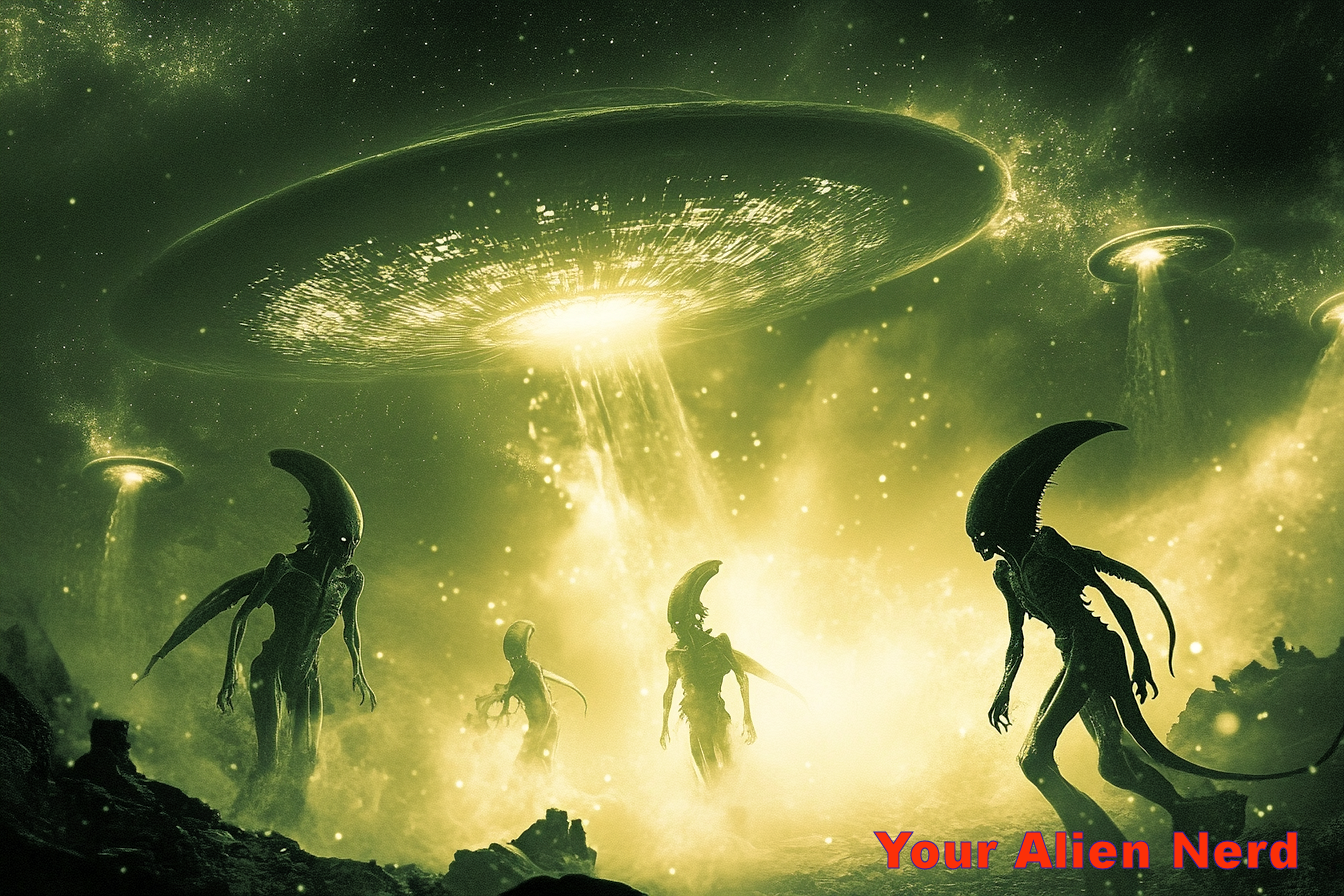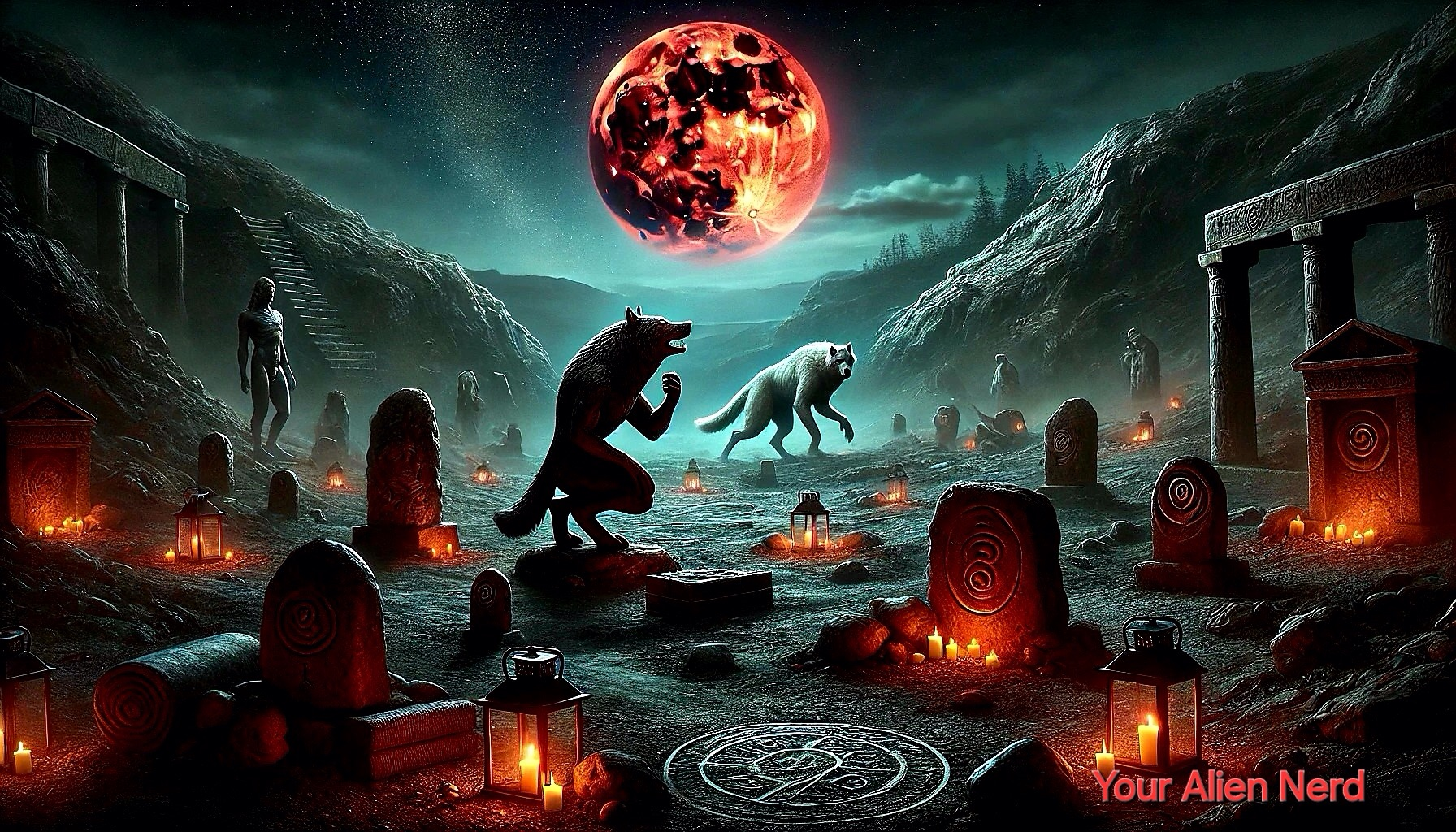VISITORS FROM THE STARS, OR ANCIENT ENEMIES IN DISGUISE?
The idea that UFOs (Unidentified Flying Objects) and UAPs (Unidentified Aerial Phenomena) could be supernatural entities rather than advanced technology, whether terrestrial or extraterrestrial, is an alternative hypothesis.Continue Reading




